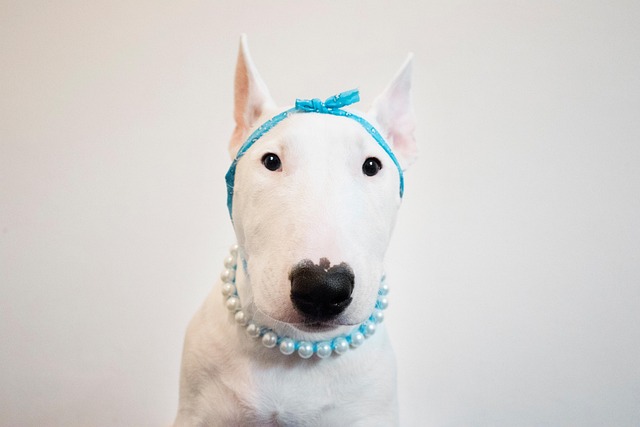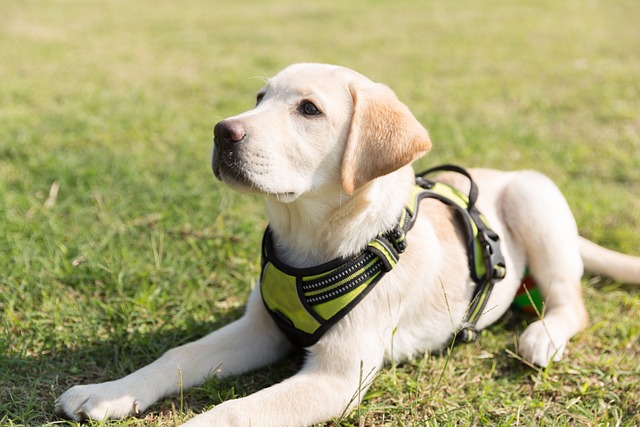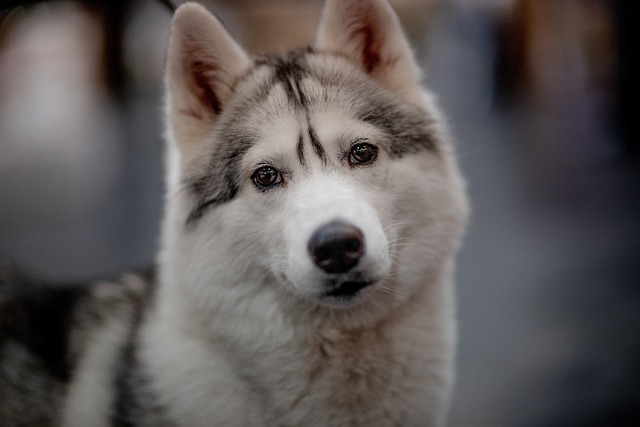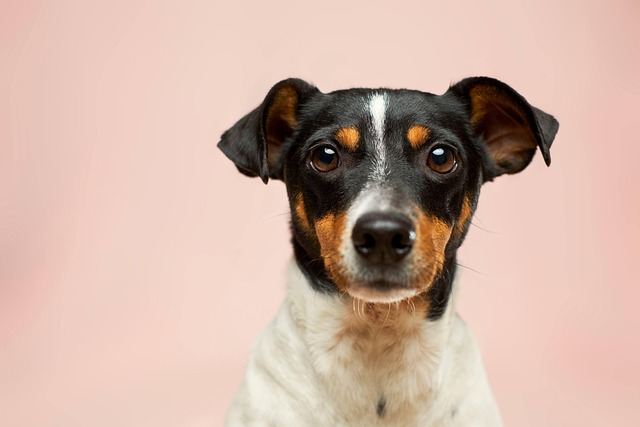
Gastrointestinal disease in dogs symptoms
Sudden change in your dog’s eating habits—like turning up their nose at their favorite kibble or begging excessively—might be more than just a fussy phase.
I sat with my friend Elena in her Los Angeles apartment last weekend, where her 3-year-old Dachshund, Oscar, was huddled on the couch—scratching a red, scaly rash on his back until his nails left tiny marks. Elena held up a tube of her own hydrocortisone cream, panic in her voice: “I just want him to stop hurting. What is the best thing to put on a dog's rash without poisoning him?” If you’re a new U.S. dog owner staring at a pup in discomfort, the answer lies in safe, vet-vetted topicals—never human meds—and pairing them with gentle care that doesn’t stress your dog out.
To understand why the “best thing” matters, let’s break down dog skin biology. A dog’s skin is 30% thinner than ours, with a delicate barrier that soaks up chemicals fast. Elena’s vet later explained that human creams (even “gentle” ones) often have steroids or fragrances that irritate their skin further, or worse, get absorbed and cause stomach upset. Rashes happen when that barrier breaks—from allergies, fleas, dry air, or even carpet mites in apartments—and the “itch cycle” kicks in: scratching damages skin, which makes it itch more. The best thing to put on it stops the itch without harming their body, and rewards them for letting you help (no scolding allowed).
Here’s what the best thing to put on a dog's rash is, tailored to different rashes—using Oscar’s recovery as a guide: First, for red, itchy rashes (allergies or dry skin): Colloidal oatmeal spray is a game-changer. Look for vet-approved brands (avoid ones with added fragrances)—it coats the skin like a protective blanket and calms inflammation. Elena spritzed Oscar’s back twice a day, and he stopped scratching within 24 hours. Pro tip: Warm a teaspoon of unrefined coconut oil between your hands and pat it on dry, flaky spots (never rub!)—it’s safe if licked in small doses, and Oscar loved the gentle massage. Second, for raw, irritated rashes (from excessive scratching): Aloe vera gel (100% pure, no added alcohol) soothes burns and heals broken skin. Elena applied a thin layer with a cotton ball, then gave Oscar a freeze-dried liver treat—positive reinforcement made him sit still instead of squirming. Third, for bumpy, insect-related rashes (fleas or mosquito bites): Witch hazel (alcohol-free) reduces swelling without stinging. Dab it on with a cloth after wiping the area with lukewarm water—Oscar’s bug-bite rash faded in 3 days.

The worst thing? Human products. Elena’s hydrocortisone cream would’ve made Oscar’s skin peel, and anti-itch sprays for humans often have menthol that burns their paws if they lick it. Always check the label for “for canine use” or run it by your vet first.
For apartment living, keep your “rash kit” handy: oatmeal spray, coconut oil, cotton balls, and treats. Vacuum carpets weekly (to kill mites that trigger rashes) and avoid scented laundry detergent for their bed (fragrances irritate sensitive skin). When walking, stick to shaded paths (fewer fleas and pollen) and always carry poop bags—Los Angeles fines $200 for leaving messes, even when you’re rushing home to treat a rash. Never scold your dog for scratching: Oscar cowered when Elena raised her voice, so she switched to praise (“Good boy for letting me help!”) and treats, which turned care into a positive moment. Keep their rabies vaccine up to date (required nationwide)—vet visits let you rule out serious causes (like mange) and confirm the rash is safe to treat at home.
A week later, Elena texted me a video: Oscar rolling on the rug, no sign of scratching, his rash faded to a faint pink. What is the best thing to put on a dog's rash? For Oscar, it was oatmeal spray and coconut oil—simple, safe, and kind. The best thing isn’t fancy—it’s something that heals your pup without hurting them, and makes them trust you to help.

Sudden change in your dog’s eating habits—like turning up their nose at their favorite kibble or begging excessively—might be more than just a fussy phase.

I sat with my friend Elena in her Los Angeles apartment last weekend, where her 3-year-old Dachshund, Oscar, was huddled on the couch—scratching a red

I sat with my friend Lila on her Chicago apartment floor last week, watching her 2-year-old Shih Tzu, Mochi, scratch her belly until the fur came loose

Dogs with arthritis often struggle with daily movements, so knowing what to keep them away from is key to easing their pain.

Many pups scratch, lick, or rub their coats more than usual when their skin gets irritated—and it’s not just a minor annoyance.

Cushing's disease in dogs often flies under the radar until subtle symptoms snowball into bigger issues, and many owners don’t realize how it can ripple through their pet’s health.